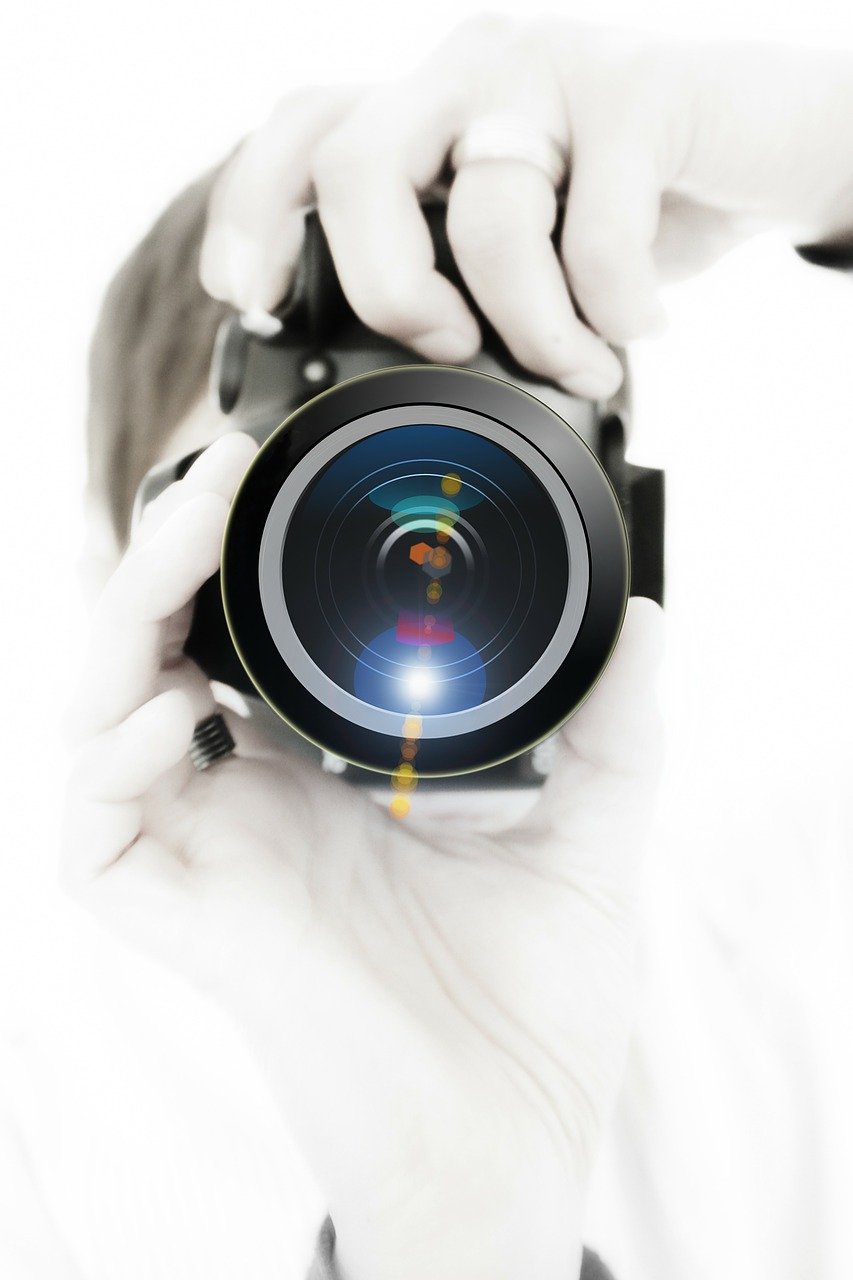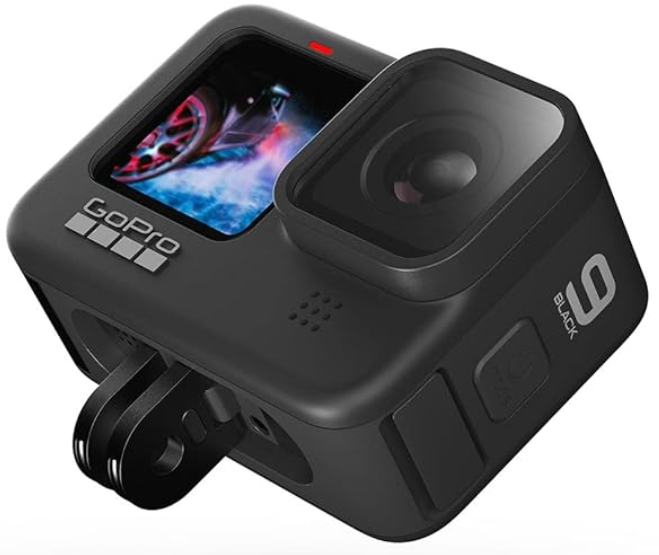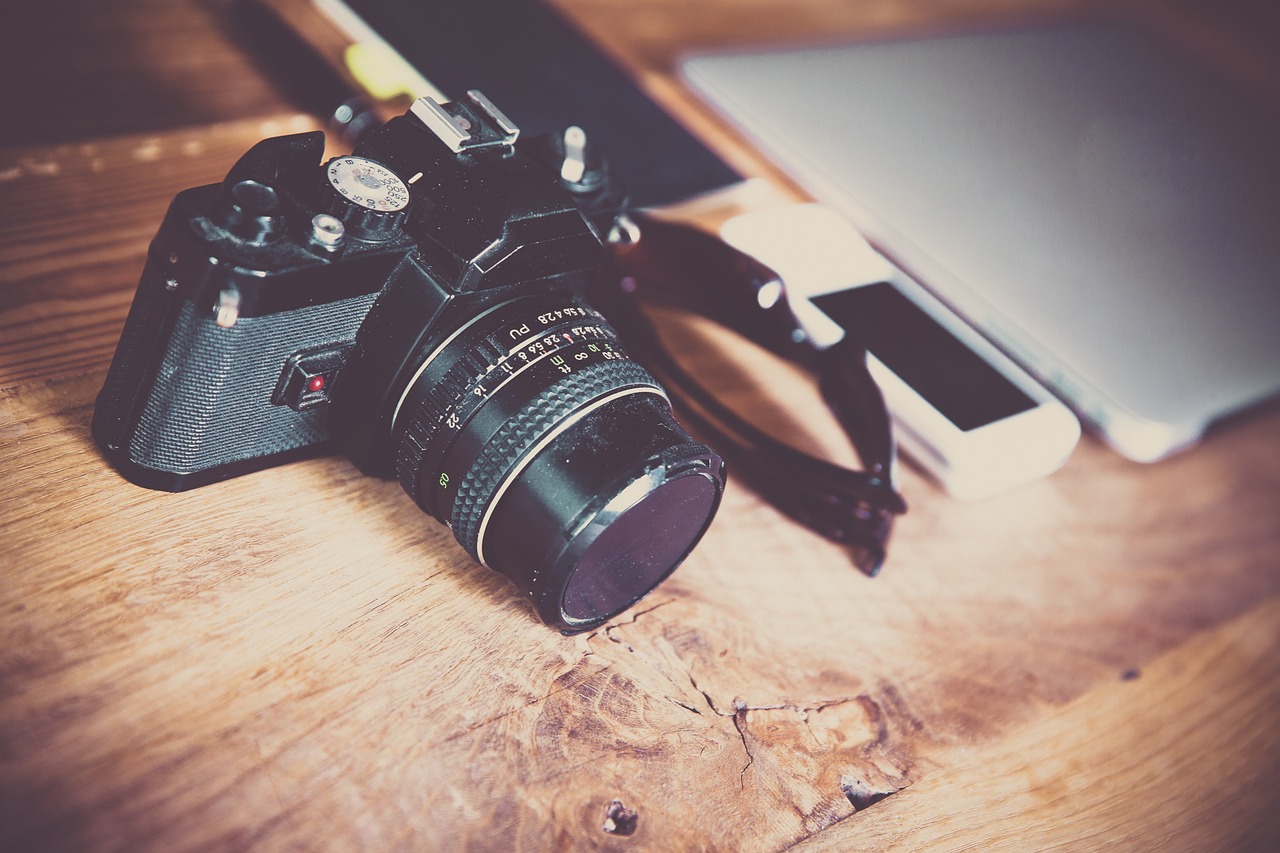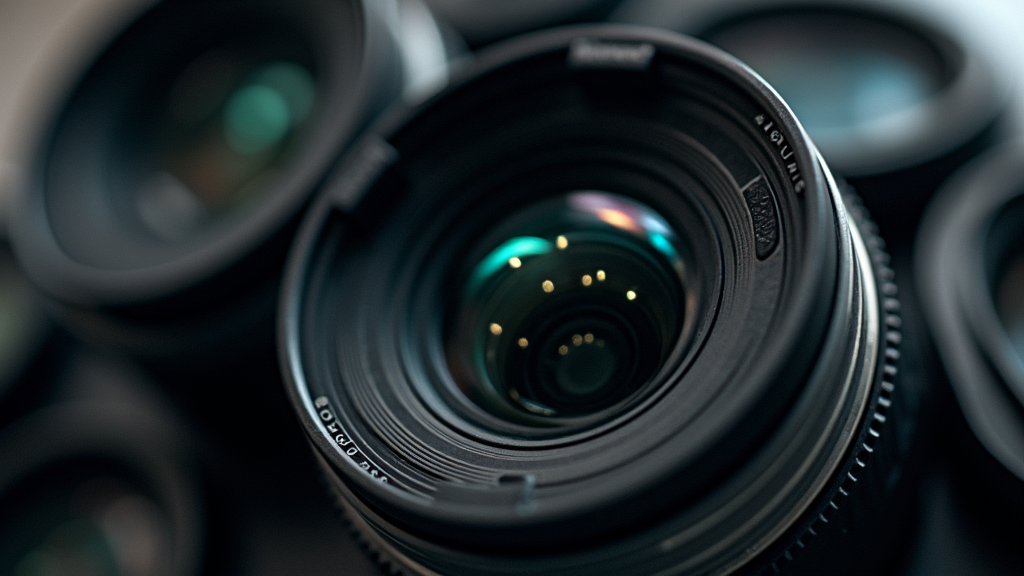Stepping into the world of photography can feel like trying to decode an ancient language. Your camera, with its myriad buttons and menus, might seem daunting at first, but I’m going to break it down for you. This isn’t just a journey through camera settings; it’s the first step on the path to expressing yourself through images.
Why bother getting to grips with all these settings, though? Auto mode might be handy, but it doesn’t always capture the scene as you envision it. Understanding how to manipulate your camera’s settings can unleash your creative potential and let you take control of your photography. Think of it as learning how to write your own visual stories rather than relying on the camera to do it for you.

In this section, you’re going to find out about the most critical settings that affect your photographs: shutter speed, aperture, and ISO. These three are the pillars of photography, and they work together to influence the exposure and overall look of your pictures. By the time you move on to the next section, you’ll have a foundational understanding of these concepts, setting you up to dive deeper into each one.
Navigating Aperture, Shutter Speed, and ISO
I’m going to show you the ins and outs of what I like to call the ‘Holy Trinity’ of photography: aperture, shutter speed, and ISO. You’re going to find out about how each of these can make or break your photo, and trust me, understanding this trinity is crucial.
Let’s kick things off with aperture. Think of aperture as the eye of your camera –the larger it’s open, the more light comes in, and vice versa. It’s measured in f-numbers, and here’s the catch: a lower f-number means a wider aperture. Use a wide aperture (a low f-number) to get that creamy background blur, also known as ‘bokeh’, which is perfect for portraits.
Now, onto shutter speed –this determines how long your camera’s shutter stays open when taking a photo. It can freeze a fast-moving subject with a quick ‘snap’, or blur motion with a slower exposure, like smoothing out flowing water. Fast shutter speeds are your go-to for action shots, while slower speeds can create some stunning artistic effects.

The last piece of this puzzle is ISO. Increasing ISO boosts your camera’s sensitivity to light, which is a lifesaver in darker settings. However, higher ISO can lead to grainier photos, or ‘noise’. It’s essential to find that sweet spot where your photo is bright enough without sacrificing quality.
Don’t worry too much about memorizing numbers right now. What’s important is getting a feel for how each setting affects your image. And with practice, you’ll start to nail the perfect settings intuitively.
Pick something that truly connects with you, whether that’s the silky blur of a shallow depth of field or the crisp detail of a well-lit scene. A lot is happening very quickly when you adjust these settings, so take your time to experiment.
The Art of Composition: Beyond Settings
Now that you’ve got a good grip on the basic camera settings, you’re going to find out about another crucial piece of the picture-taking puzzle: composition. This isn’t just about where elements sit in the frame; it’s also about telling a story and evoking emotions.
Let’s start with the rule of thirds, a classic principle that almost feels magical in its ability to instantly elevate a photo. By dividing your frame with two horizontal and two vertical lines, you create nine sections. Placing your subject along these lines or at their intersections can make your image more balanced and naturally appealing to the eye.
You can always adjust your approach down the road, but why not experiment with leading lines and symmetry next? Whether it’s a railroad track drawing the eye into the distance or the reflection of a mountain in a lake, these elements can create a journey for your viewer’s gaze and bring a strong sense of order to your image.

Choose something that resonates with you when it comes to color and texture. Bold colors can infuse energy into a shot, while muted tones often evoke a sense of calm. Textural details, on the other hand, invite the viewer to imagine the feel of surfaces, adding a tactile dimension to your photographs.
These compositional techniques are not rigid rules but starting points. I encourage you to play around with them and see how they change the impact of your photos. It’s your playground: mix, match, and flip these beliefs upside down. What’s important is to develop an eye for what works for your style and your story.
Practical Exercises to Master Camera Settings
I’m going to give you some hands-on, practical exercises to cement your understanding of camera settings. With these exercises, you’ll not only grasp the technicalities but also develop an instinct for choosing the right settings on the fly.
Start with an exercise that focuses on aperture. Shoot the same scene at different aperture settings to see how it affects depth of field. Notice how the sharpness and background blur change.
Your next assignment involves shutter speed. Try capturing the movement of water or passing cars at different speeds. Observe the variation from a crisp freeze-frame to a fluid motion blur.

As for ISO, try taking photos in low light situations as you gradually increase the ISO. Take note of when noise starts to impact the quality of your images. It’s a delicate balance, but you’ll get a feel for it.
Experimenting with composition is just as important. Use the rule of thirds today and then switch to playing with symmetry tomorrow. Pay attention to how these choices affect the mood and message of your photos.
Finally, I’m a big advocate of manual settings, but don’t knock the auto mode. Use it as a learning tool. See what choices your camera makes and then try to replicate them manually. It’s a great way to understand the “why” behind the settings.
Critique your photos. What worked? What didn’t? Sometimes the smallest changes make the biggest difference. And remember, your first attempt doesn’t need to be your last. You can always adjust your approach down the road.
Keep these exercises up, and you’ll see that mastering your camera settings is a progressive journey. A lot is happening very quickly when you’re shooting, but with practice, it’ll become second nature to you. I really hope that you find these exercises fun and enlightening as they guide you toward becoming an adept photographer.





This article does a great job of simplifying the basics of photography for beginners, focusing on key settings like aperture, shutter speed, and ISO. The author encourages hands-on practice with practical exercises to help readers understand how each setting affects their photos. Additionally, the tips on composition, such as the rule of thirds and leading lines, provide a solid foundation for creating visually appealing images.
Overall, it’s a helpful guide that empowers beginners to move beyond auto mode and explore their creative potential through manual settings.
Thanks so much! I’m glad you found the guide helpful! Learning settings like aperture, shutter speed, and ISO really opens up so many creative possibilities. And I totally agree—composition tips like the rule of thirds and leading lines make a big difference. Happy shooting and exploring those manual settings!